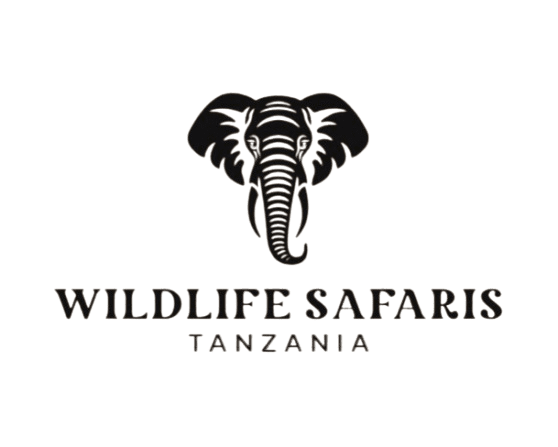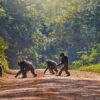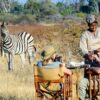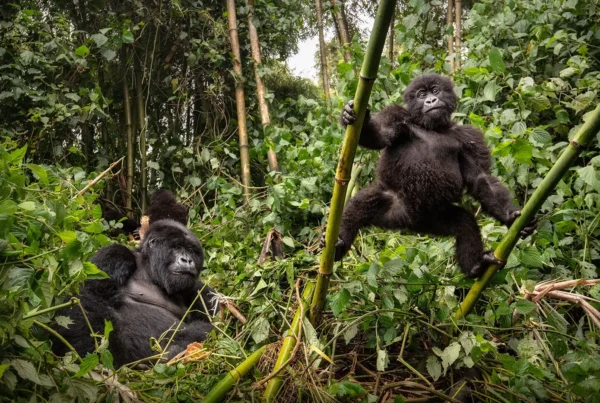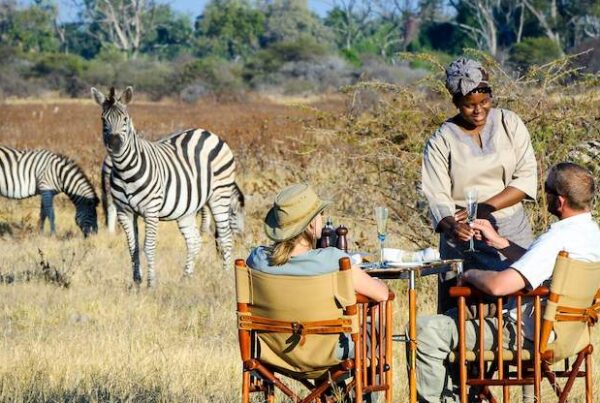Investigating possible paths for climbing Kilimanjaro
Since I was a little girl, climbing Kilimanjaro has been one of my life goals. When my parents climbed it when I was little, I was a little scared to try. On each of my five visits to Uhuru Peak (19,341 ft), I have climbed with the same operator, Wildlife Safaris Tanzania, and I have always adhered to the same path to the summit. Many hikers end up failing because they go on challenging paths. I am going to tell you the simplest way to climb Kilimanjaro in this essay.
The Way to Marangu
Since this was my first time climbing Kilimanjaro, my operator suggested the Marangu Route. It’s the Kilimanjaro trail that has been around the longest. • It’s shorter, at 45 miles round-trip, making it ideal for both novice and experienced climbers. Compared to other routes, such as the Northern Circuit, the distance is small. • It has a mild slope, allowing for progressive climb. The trail is well-established, so even first-timers won’t wear out too quickly. Hikers stay in cabins instead of tents. • The trip takes around five or six days to finish. Beginners will love this.
The Marangu Route is simpler to climb, but it only has a 60-75% success rate. This is one among the drawbacks. The rationale for this is that acclimatization cannot be achieved in just a few days spent on the mountain. Nevertheless, the 6-day climb yields better results than the 5-day climb. • Those with prior hiking experience may find the going to be rather simple. The novelty of an adventure, such as a five-day climb of Kilimanjaro, might be beneficial for them.
Seasoned climbers who are returning to Kilimanjaro can also use Marangu. You are free to explore new things, such as a five-day hike up Kilimanjaro.
The Northern Circuit Path
This is the newest and best path, and it has a success rate of 98%. However, you should be in good physical condition to tackle the ascent. You risk having it fail if you don’t. I think this is the best route because: • The Northern Circuit is somewhat lengthy, lasting 8–11 days. You have a better chance of reaching the peak if you spend more time at higher elevations. • It’s beautiful. This path has not yet been paved. As you hike, you get to see beautiful scenery. Investing in a high-quality camera is important for making lasting memories.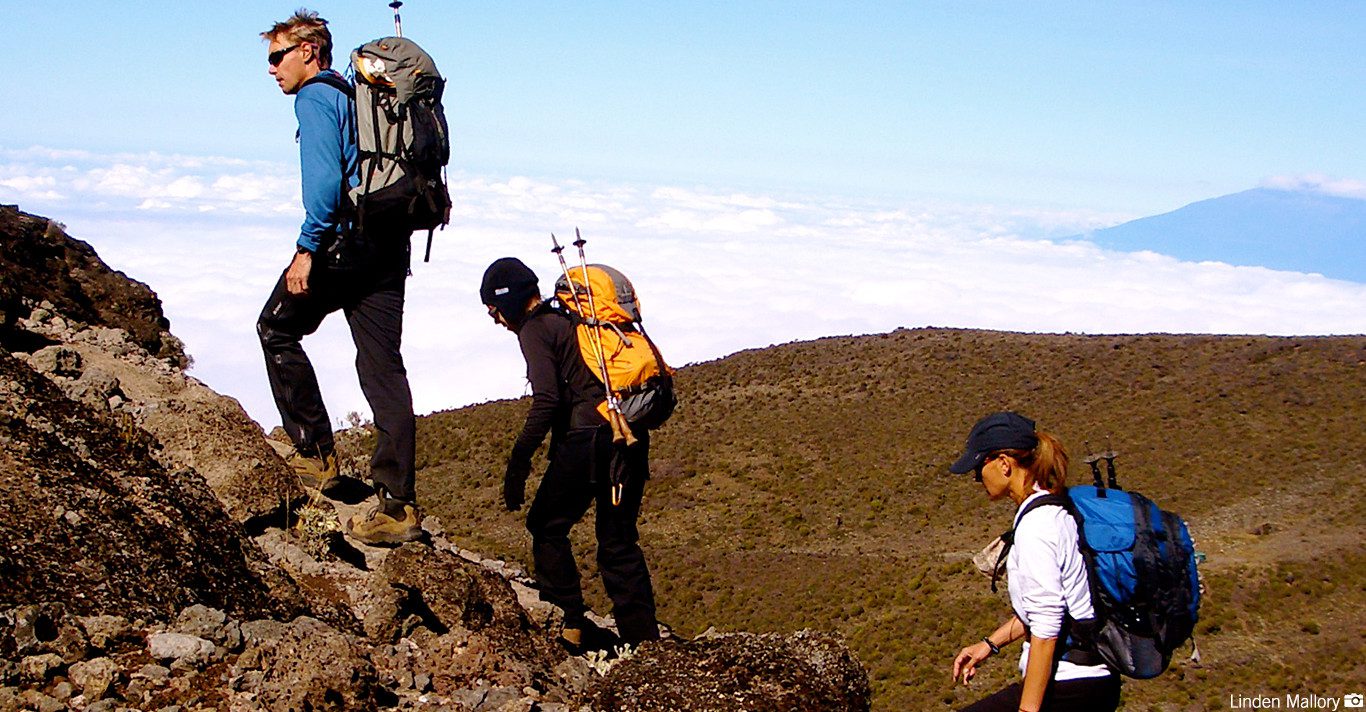
• Familiarity with camping—the Northern Circuit does not have shelters like Marangu. For those who prefer cozy cabins to tents, camping may be a bit of a letdown. • Less crowds. There have been less climbers on this route since it was only found. It is up to you to keep it up.
On the negative, you’ll need more porters and staff to haul the camp up the mountain via the Northern Circuit route, and it’s longer and more expensive than other routes due to the number of days spent on the mountain. The cost is increased by this. That being said, this path is perfect for seasoned hikers to begin with.
Trail of Lemosho
This path was great. According to my guide, it was truly the most picturesque Kilimanjaro path. It goes across the Shira Plateau and then around Kilimanjaro in the other direction, from west to east. Once you reach the Lava Tower, you’ll be able to join the Machame route and start meeting other climbers.
• It features breathtaking scenery. • The climb is long, lasting around seven or eight days. This allows you plenty of time to acclimate, which contributes to the high success rate. You may also take in the breathtaking views of Kilimanjaro while trekking. During the verdant season, the route becomes more visually appealing and has less foot traffic. It seems like there aren’t many, if any, climbers in the early going. However, as one continues up the trail, it becomes more congested as it meets up with the Machame route.
One drawback of this path is that: • It isn’t as simple as the Machame and Marangu routes. Along the path you will find some steeper sections. • You will not find any cottages. Tents must be pitched on designated campsites by hikers. For those who prefer more conventional lodgings, this may be a drawback.
Way to Rongai
Except for this one, most routes to Kilimanjaro go south or west. From its northern base, the Rongai path winds its way around Mount Kilimanjaro. The hike starts close to the border between Kenya and Tanzania and continues up to the point where it meets the Marangu path. The Marangu path is its descent. When it rains, Rongai tastes great. That’s why it’s the greatest. As a result of less precipitation, the northern Kilimanjaro route is ideal for hikers. The trail is brief, requiring no more than seven or eight days to complete, and it is less crowded than the western routes. Due of its secluded location, very few hikers venture there. The trail is easygoing due to its mild incline and starts out peacefully until you reach the intersection with the Marangu path.
One drawback is that: • It’s expensive since you have to drive all the way to the north, where the trekking begins.
The Way to Machame
After Marangu, Machame is the most well-known path. It is slightly more difficult than Marangu, but it affords stunning vistas of valleys and mountains and is hence known as the “Whiskey” path. I think you’ll like this route because: • It’s not as lengthy at 62 kilometers. The hike takes around seven or eight days to complete, but the scenery is breathtaking, and camping is allowed the entire way up. Climbers are allowed to take their camping gear up the Marangu route, so if you love sleeping in a tent, that’s your chance. No need for you to worry—the staff will take care of things.
The Barranco Wall is a steep cliff that can be tough for novices. Another negative is that it can get crowded during high season.
All right, here it is. Exciting things are in store for you on Kilimanjaro. Feel free to contact your operators for any further information on Kilimanjaro. Wildlife Safaris Tanzania is second to none, in my opinion. They will gladly provide you a hand.
